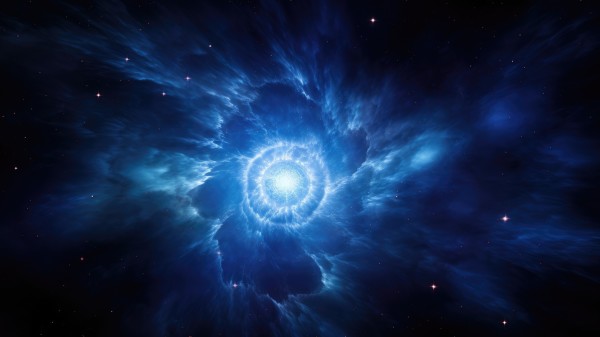Breaking News: White Dwarf Star Found to Have Unusual Metal Scars
Astronomers have made a groundbreaking discovery regarding a white dwarf star located 63 light-years away. The star, known as “WD 0816-310”, has been found to have peculiar metal concentration areas on its surface, resembling scars left behind by a celestial body. This unexpected finding has challenged previous beliefs about the evolution of stars and their interaction with surrounding planets.
Most stars in the universe go through a phase where they expand to become red giants, consuming nearby planets in the process. As these stars collapse to form white dwarfs, it was commonly assumed that the remnants of these planets would be evenly distributed on the surface. However, researchers using the European Southern Observatory’s “Very Large Telescope” have detected metal concentrations on WD 0816-310 that suggest a different scenario.
According to the study published in the Astrophysical Journal, the metallic materials found on the white dwarf’s surface are not randomly scattered but are concentrated in specific areas. These metal scars are believed to be formed by the star’s magnetic field, which pulls debris from swallowed planets to the magnetic poles, creating the observed patterns.
John Landstreet, an astronomer involved in the research, stated that the presence of these metal scars was unexpected and unprecedented. Co-author Jay Farihi noted that the metal on the white dwarf likely originated from a planet as large as Vesta, the second largest asteroid in our solar system. The researchers emphasized the crucial role played by the star’s magnetic field in this process.
In a separate study published in the journal Nature last year, astronomers observed a white dwarf star with a massive planet orbiting it at an unusually close distance. This finding challenged previous assumptions about the fate of planets orbiting white dwarfs and hinted at new possibilities for the evolution of stellar systems.
These discoveries are reshaping our understanding of the life cycle of stars and their interactions with planets. The researchers believe that in the distant future, our own sun may also have surviving planets orbiting it, much like the white dwarf star WD 1856+534.
This groundbreaking research opens up new avenues for exploration in the field of astrophysics and underscores the importance of continued study of our vast universe. As we unravel the mysteries of distant stars and planets, we gain valuable insights into the nature of our own solar system and the universe at large.
Editor in charge: Xingyue
Short URL: All rights reserved. Reprinting in any form requires permission from this website. It is strictly prohibited to create mirror websites.
